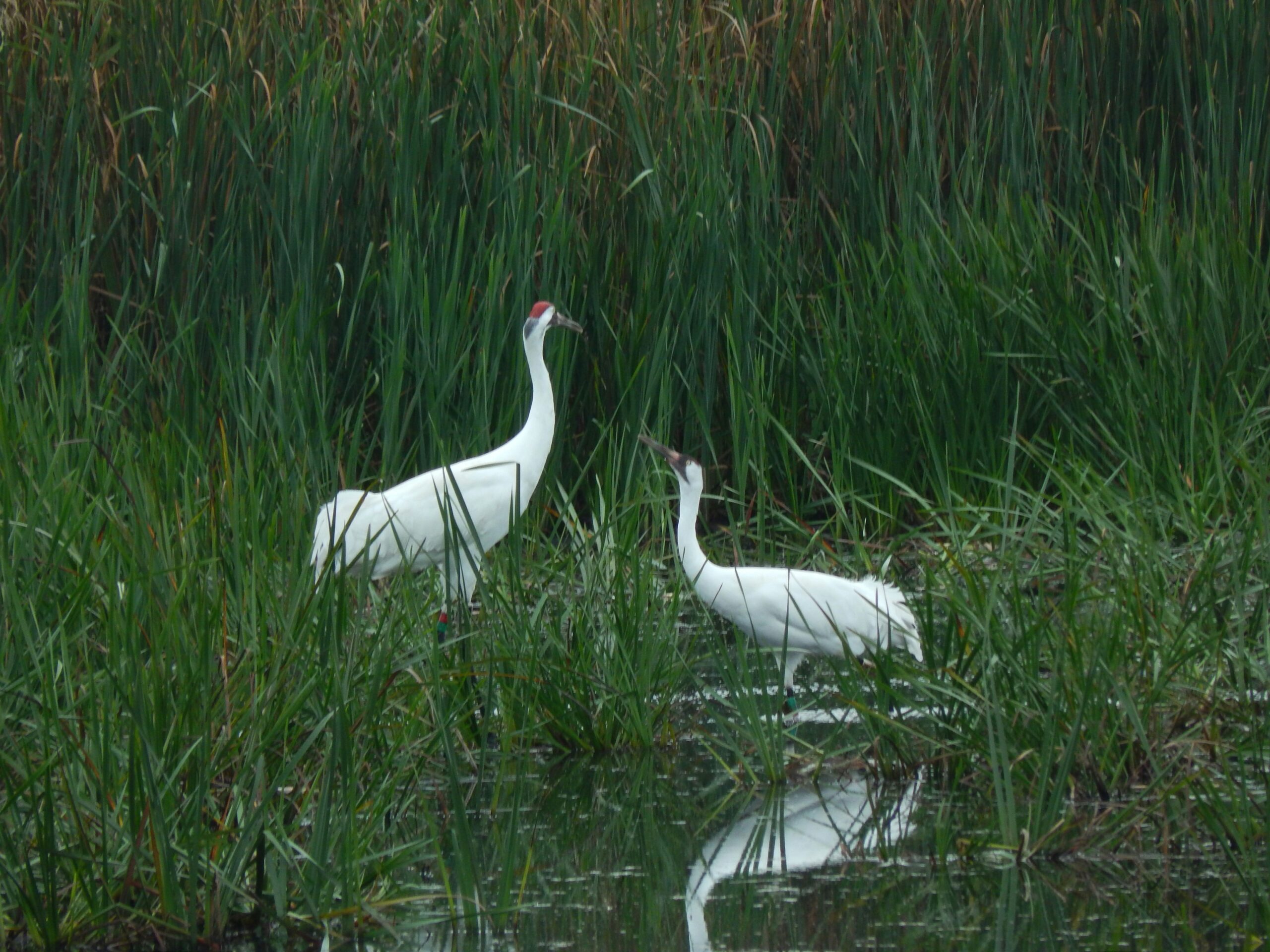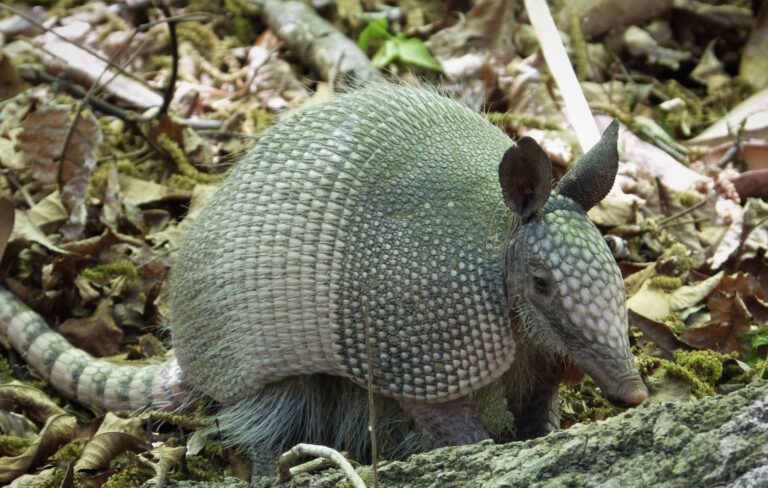Are Whooping Cranes Endangered? What You Need to Know
Whooping cranes are some of the most beautiful and majestic birds in North America. With their long legs, graceful necks, and striking white feathers, seeing one is like catching a glimpse of nature’s artwork. But the reality is, these stunning birds are facing threats that put their very existence at risk. So, are whooping cranes endangered? Let’s break it down.
The Whooping Crane: A Quick Overview
Whooping cranes are tall birds that can reach up to five feet in height. They were named for their loud, whooping calls, which can be heard from quite a distance. These birds primarily inhabit wetlands, marshes, and estuaries. As they stroll through tall grasses or shallow waters, they look for food like small fish, amphibians, and insects. Whooping cranes can live for over 20 years, and during the breeding season, they perform stunning courtship dances that are a sight to behold.

The Current Status of Whooping Cranes
Yes, whooping cranes are indeed classified as endangered. At one point, their numbers plummeted to fewer than 15 birds in the 1940s due to habitat loss, hunting, and disturbances to their breeding grounds. However, conservation efforts have led to slow but steady increases in their populations. Today, there are about 600 whooping cranes in the wild, but that’s still a critically low number.
Causes of Endangerment
Loss of Habitat
Habitat loss is a major factor leading to the endangerment of whooping cranes. Wetlands are being drained for agriculture, urban development, and industrial purposes. As their habitats shrink, so do their chances of survival.
Climate Change
Climate change also affects whooping cranes significantly. Rising temperatures can alter their breeding patterns and food availability. Think of it like a tightrope walk. If their environment shifts too much, they could lose their balance and tumble toward extinction.
Human Disturbance
Human activities, such as recreational boating and fishing, can scare whooping cranes away from their nesting sites. This disturbance can lead them to abandon their nests or even fail to mate altogether.
Conservation Efforts: Making a Difference
Thanks to dedicated conservation groups and government support, there have been strides to protect whooping cranes. Wetland restoration projects are underway, aiming to create and maintain habitats suitable for these birds. Additionally, breeding programs have been successful in increasing their numbers in captivity and reintroducing them into the wild.
How You Can Help
It doesn’t take an expert to make a difference. People can contribute to whooping crane conservation by supporting local wildlife organizations, spreading awareness, and participating in habitat restoration efforts. Even small actions can lead to big changes.
Conclusion: A Call to Action
Whooping cranes are at a crucial point in their journey. Though they’ve made a comeback from the brink of extinction, they still need our help to thrive. Let’s keep an eye out for these magnificent birds and do our part to ensure they continue to grace our skies for generations to come. If we work together to protect their habitats and raise awareness about their plight, we can help secure a brighter future for whooping cranes. What will you do to help?
Must Read : Do Bearded Dragons Really Know Their Owners? Here’s What You Should Know






